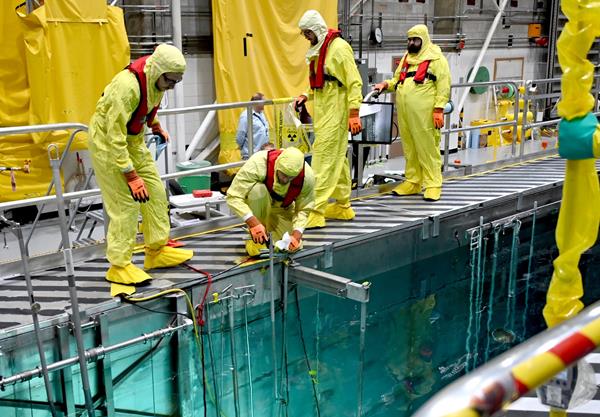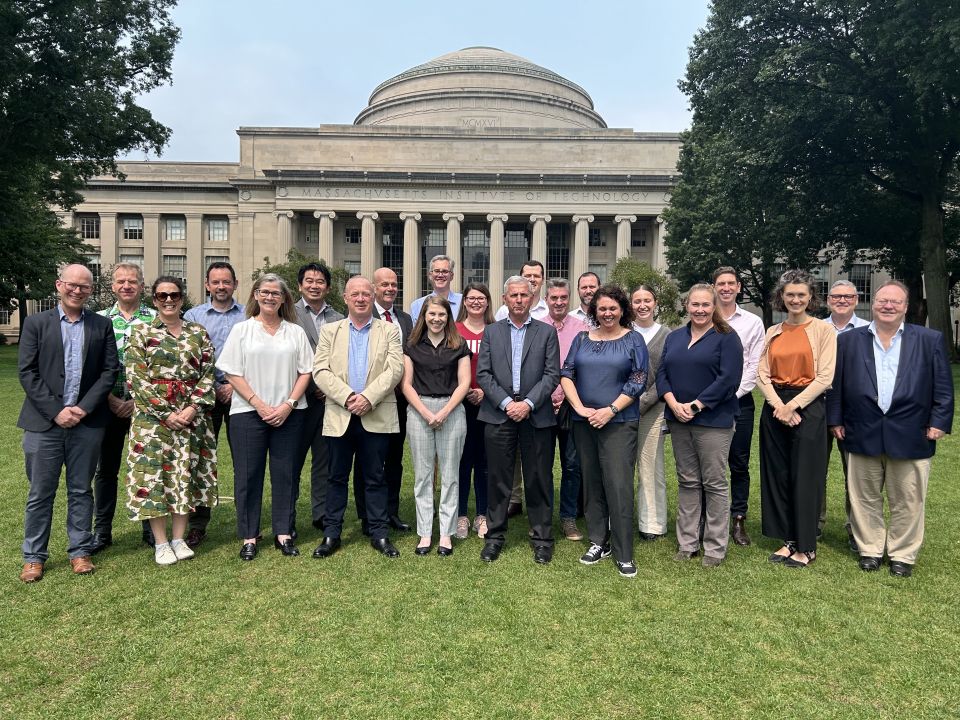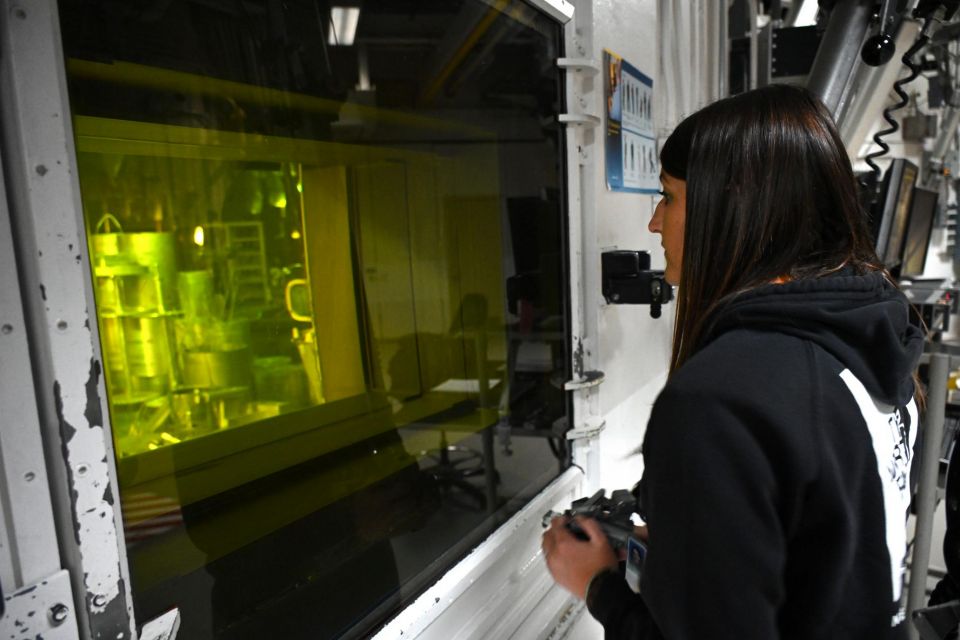About 70 companies in the United States are seeking to change “this tried-and-true formula” by designing advanced reactor technologies, she says. Furthermore, a few of these companies have progressed with their technologies to the stage at which they are now working with regulators.
Coolants: Crownhart reviews some of the alternative coolants and fuels that are currently under development, noting that Kairos Power, Terrestrial Energy, and Moltex Energy are working on molten salt–based coolants in reactor designs that use less fuel than conventional reactors and that generate easier-to-manage waste.
Other companies, she writes, are investigating the use of such liquid metal coolants as sodium and lead. Russia is at the forefront of some of these technologies, which have “potential safety benefits.” Helium and certain other gases are the focus of coolant research at certain companies, including the research of Maryland-based X-energy into high-temperature, gas-cooled reactors.
Fuels: Crownhart next reviews some of the latest nuclear fuel technological developments. She describes tri-structural isotropic (TRISO) fuel as “one of the most popular options” for advanced nuclear fuel. She notes that the ceramic- and carbon-enclosed particles of TRISO fuel being used by both X-energy and Kairos allow the fuel to resist corrosion and melting.
She also touches on high-assay low-enriched uranium (HALEU) fuel, which, because it contains a higher percentage of uranium-235 than conventional fuel, allows reactors to generate more energy while taking up less space.
SMRs: The final point made by Crownhart is that small modular reactors are being developed by some companies, such as NuScale Power, and these reactors could be “manufactured in something resembling a huge assembly line.” She adds that “things haven’t been going so well for the company [NuScale] in recent months though: its first project is pretty much dead in the water, and it laid off nearly 30% of its employees in early January.”
Educational benefit: There is nothing in Crownhart’s article that seasoned nuclear observers will not already know. Nevertheless, it is nice to know that such articles are being produced for the educational benefit of the general public. The information should help people understand that nuclear energy is undergoing a technological revolution, and that old arguments against nuclear power will soon no longer be applicable. Such knowledge is bound to lead to more cases of people with nuclear power on the brain.








